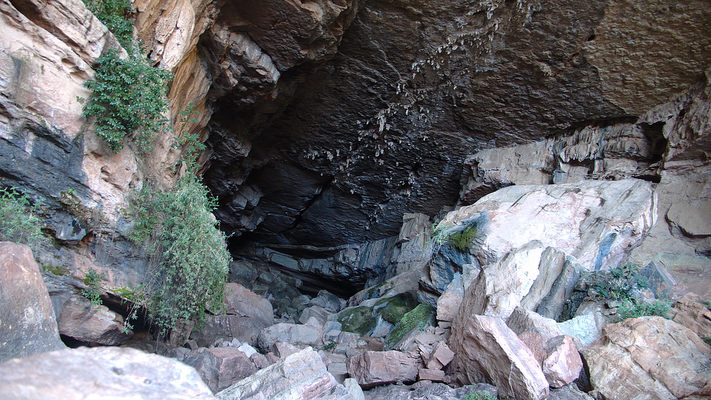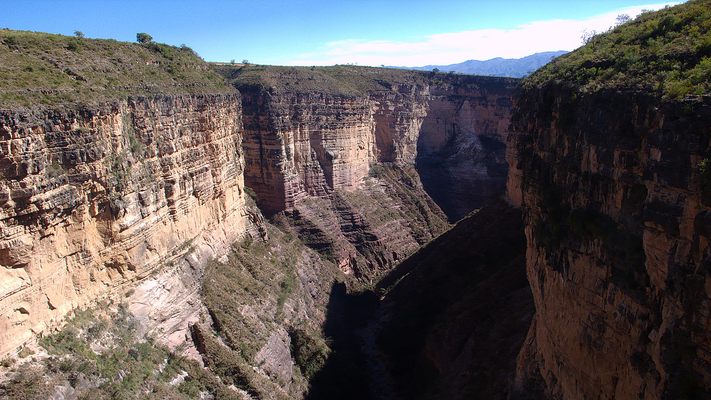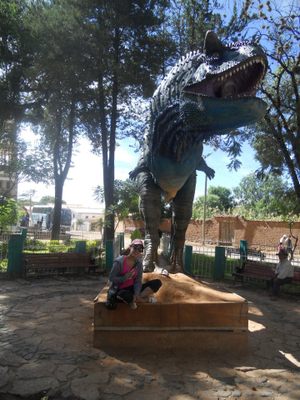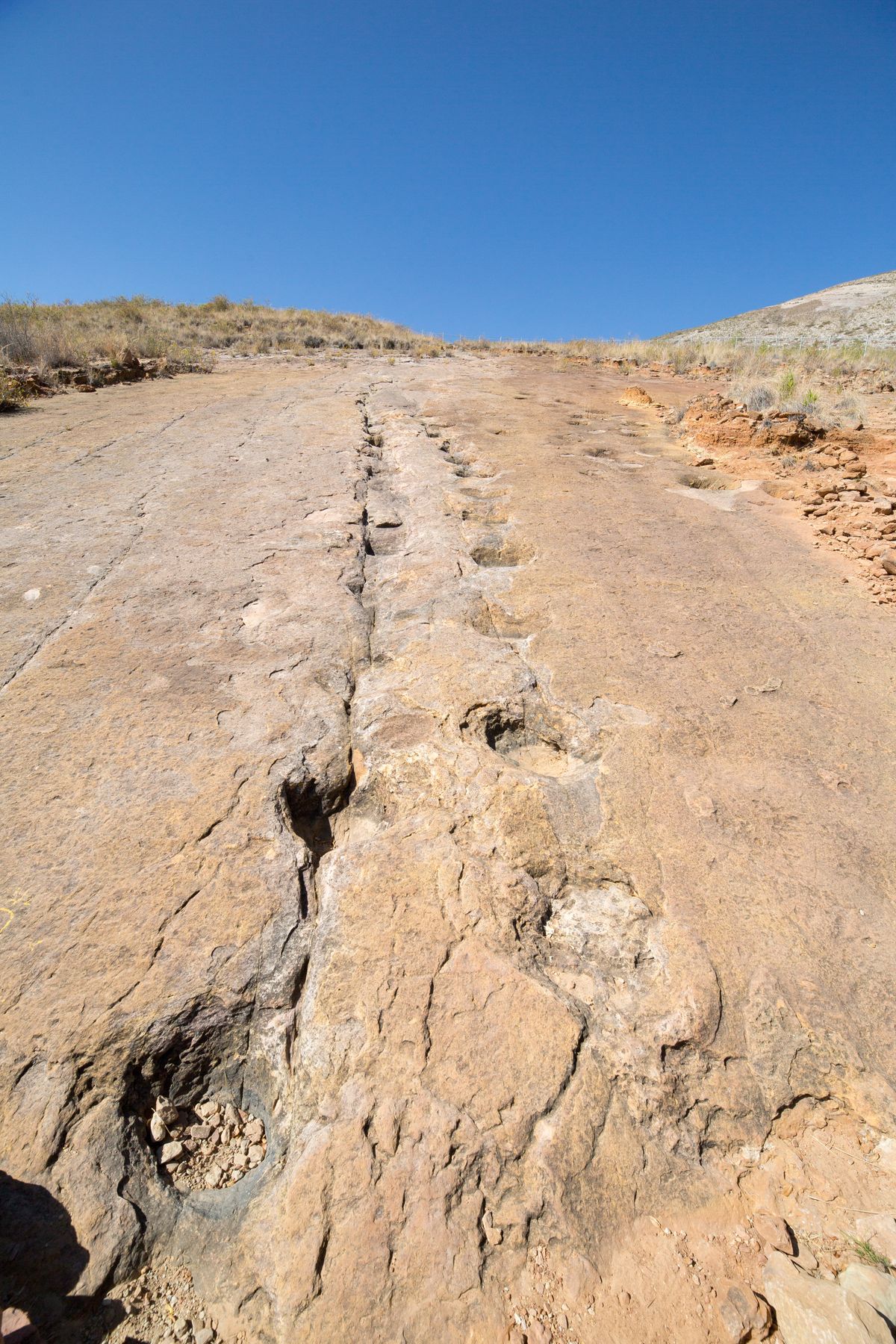About
There are plenty of things to see and do in Bolivia’s Torotoro National Park. You can trek along the numerous canyons that cut through the semi-arid landscape, the deepest reaching depths of almost 1,000 feet. You can bathe in natural swimming pools, some fed by pristine waterfalls that tumble down the canyon walls. Or you can descend into the Humajalanta Caverns, one of the deepest cave systems in the country, and explore underground lagoons filled with blind fish.
And as you travel through the park, you’ll often stop to see another of Torotoro’s grand attractions: dinosaur footprints. So far, more than 3,500 dinosaur footprints and trackways have been found inside the park, belonging to eight different species that roamed this area in the Cretaceous Period.
Back then, of course, the landscape was entirely different. During the Cretaceous, this area was near a vast ocean inlet whose wetlands provided an ideal habitat for dinosaurs—a far cry from the arid, rugged canyons in what is now landlocked Bolivia.
As the dinosaurs migrated through these wetlands, they naturally left footprints in the mud. These dried and, to cut a very long story short, later turned into stone. The Earth’s crust then shifted over time, leaving us with the dinosaur footprints we now see in Torotoro, the oldest of which date back around 86 million years.
A few different groups left these footprints, which range in size from about eight to 20 inches wide. They included herbivorous sauropods, huge creatures with very large feet; armor-plated ankylosaurs with their hefty tail clubs; and carnivorous theropods with hollow bones and three-toed limbs, from which birds probably originated.
Torotoro National Park has understandably become a hotspot for paleontologists, and there’s still a lot more it can teach us about the dinosaurs. Local researchers are certain that many more dinosaur fossils and footprints are waiting to be discovered in the park, providing a potential boon to both science and, of course, tourism.
Related Tags
Know Before You Go
The drive from Cochabamba to Torotoro is now only just over two hours as they have finished paving much of what used to be a dirt road.
Published
June 18, 2019
Sources
- https://theculturetrip.com/south-america/bolivia/articles/the-ultimate-guide-to-torotoro-bolivias-jurassic-park/
- https://www.rutaverdebolivia.com/tour/toro-toro-national-park/
- https://www.theungracefulguide.com/torotoro-tours/
- https://www.academia.edu/37810905/A_new_theropod_footprint_site_in_the_Upper_Cretaceous_El_Molino_Formation_Torotoro_National_Park_Bolivia
- https://www.bbc.com/news/av/world-latin-america-46158767/exploring-bolivia-s-jurassic-park-dinosaur-graveyard
- https://bolivianthoughts.com/2018/11/11/torotoro-national-park-seeks-to-become-a-new-jurassic-park/





























